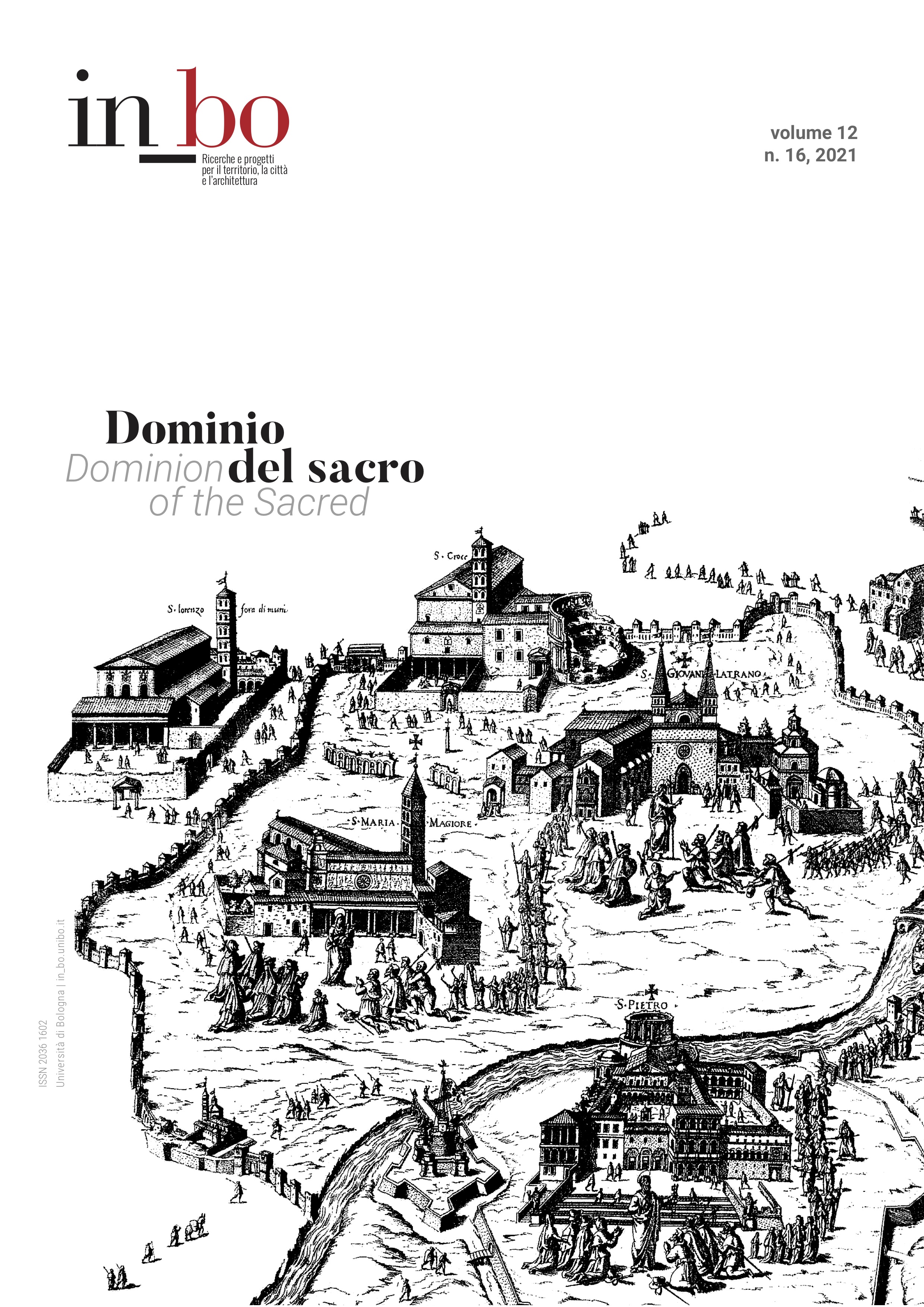The Carmelite Civitas Sancta: Conventual foundations and urban redesign in early 17th-century Rome
DOI:
https://doi.org/10.6092/issn.2036-1602/13215Keywords:
Carmelite architecture, Via della Lungara, St. Maria della Scala, Regina Coeli monastery, St. Maria della VittoriaAbstract
After the epoch-making reform promoted by Teresa of Avila between 1562 and 1582, the Discalced Carmelites landed in Italy in 1584, to gradually gain physical and political importance in the papal capital, where they settled from 1597. Eight settlements, both male and female, were founded in Rome during the seventeenth century by the reformed Carmelites. Three monasteries (S. Maria della Scala, S. Egidio, Regina Coeli), as well as a guest house for “Convertite”, which later evolved into the monastery of Penitenza, were located in the Trastevere area, giving shape to an exemplary Carmelite citadel. The new religious polarities, linked to devotional areas of growing attractiveness in Baroque Rome, drew on the layout of the Counter-Reformation city areas of influence, pilgrimage routes, ceremonial theatres, often emphasised by reliquary recoveries, ephemeral apparatuses and public celebrations, such as those for the Teresian canonisation of 1622.
In the first decades of the seventeenth century, the main Carmelite settlements were located along Via della Lungara, a strategic connection between Trastevere and the Vatican, and Via Pia, the royal artery of Baroque Rome, helping to define the physical, ideal and spiritual trajectories that would have lasting effects on urban renewal in the decades to come.
Downloads
Published
How to Cite
Issue
Section
License
Copyright (c) 2021 Saverio Sturm

This work is licensed under a Creative Commons Attribution-NonCommercial 3.0 Unported License.





